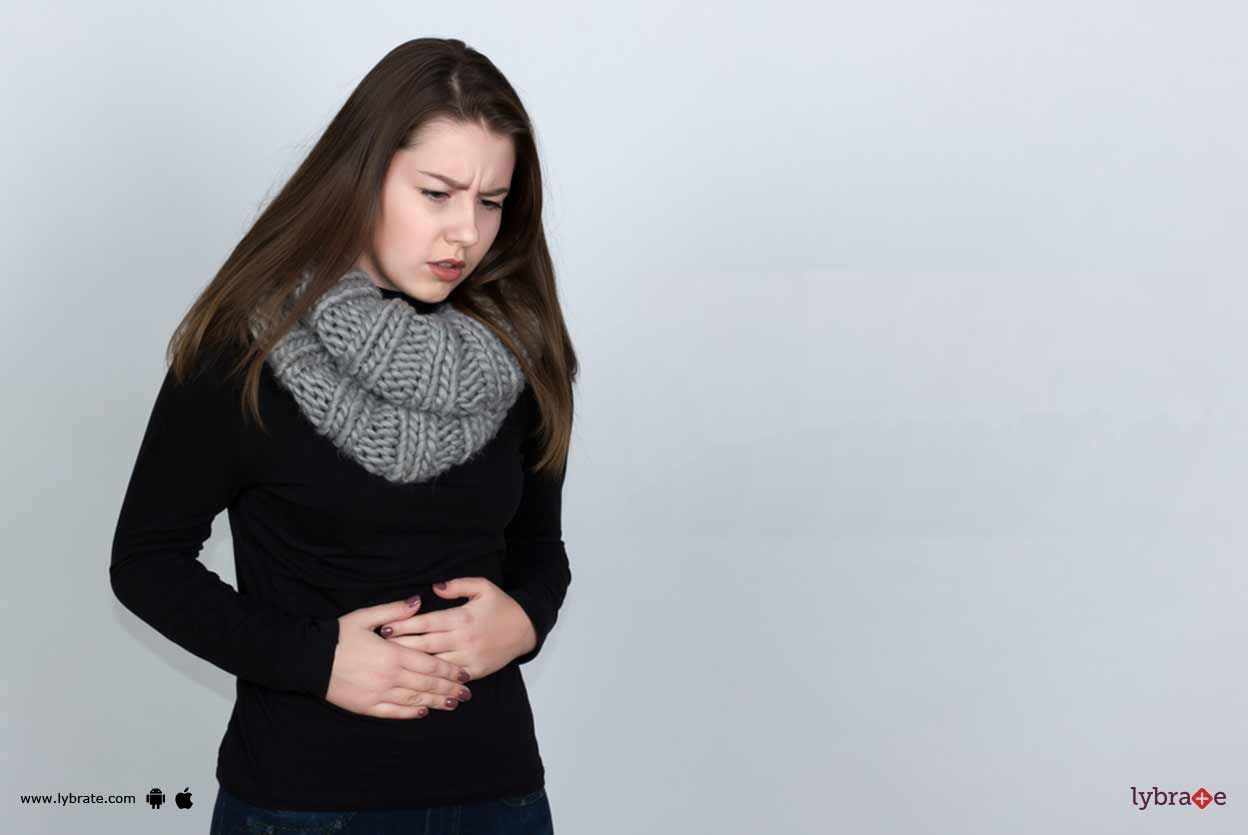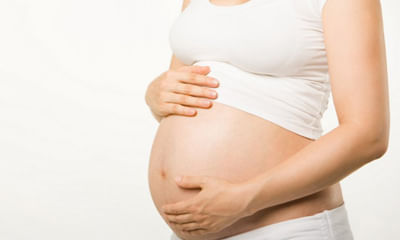Get the App
For Doctors
Login/Sign-up
About
Health Feed
AllQ&AsTipsQuizzes
Home Remedies For Heavy Menstrual Bleeding Tips
Last Updated: 5 years ago• Featured Tip
Share
Bookmark
Report
As a woman goes through life, her hormonal levels change quite dramatically and this can be quite impactful. However, sometimes the impact is not a good one! This can be said to be the cause when it comes to dysfunctional uterine bleeding. This sort of bleeding occurs when the levels the hormones are at cause the menstrual cycle of the woman to become erratic.
Understanding the Diagnosis
When it comes to the diagnosis of an issue such as this, the process must include the ruling out...more
Understanding the Diagnosis
When it comes to the diagnosis of an issue such as this, the process must include the ruling out...more
Last Updated: 5 years ago• Featured Tip
Share
Bookmark
Report
Fibroids are a very common tumour which is seen in the female reproductive system. These are also known by the names of leiomyomas, or fibromas and are firm, compact tumours which are made out of muscle cells or fibrous connective tissues. It mostly affects the uterus and the area surrounding it. According to a study, it has been found that 25-50% of the women experience Fibroids during their reproductive age but not all of them need treatment.
Fibroids also appear during child bearing ...more
Fibroids also appear during child bearing ...more
Last Updated: 5 years ago• Featured Tip
Share
Bookmark
Report
What is dysmenorrhoea?
Dysmenorrhoea is painful menstruation; although it s normal for most women to have mild cramps but few women experience severe pain due to which they are not able to do daily routine work.
Dysmenorrhoea or painful menses is one of the most common gynecological symptoms and is affecting many women in their reproductive age.
Risk factors for dysmenorrhea -
Young age
Early menarche
Heavy menstrual flow
Nulliparity (state in which a w...more
Dysmenorrhoea is painful menstruation; although it s normal for most women to have mild cramps but few women experience severe pain due to which they are not able to do daily routine work.
Dysmenorrhoea or painful menses is one of the most common gynecological symptoms and is affecting many women in their reproductive age.
Risk factors for dysmenorrhea -
Young age
Early menarche
Heavy menstrual flow
Nulliparity (state in which a w...more
Last Updated: 5 years ago• Featured Tip
Share
Bookmark
Report
Slight discomfort and pain is normally associated with every woman's monthly menstrual cycle. However, for some women, this discomfort can restrict their normal activities and put them in a lot of pain. This is often accompanied by heavy menstrual bleeding. Medication is usually the first line of treatment for heavy periods, but if this is not effective surgical options may need to be looked at. Amongst the surgical ways to deal with painful menstruation and heavy bleeding is a procedure known a...more
Last Updated: 5 years ago• Featured Tip
Share
Bookmark
Report
Dysmenorrhoea is the term used to describe painful periods. Normal ovulatory menstruation can be painful, but when it affects one s routine for example absence in school or office or unable to do day-to-day activities, it has to be investigated and treated. Women of any age can experience painful periods. Some women find periods are no longer painful after pregnancy and childbirth
Symptoms of dysmenorrhoea
Pain low in the abdomen that can spread to the lower back and legs
<...more
Symptoms of dysmenorrhoea
Pain low in the abdomen that can spread to the lower back and legs
<...more
Last Updated: 5 years ago• Featured Tip
Share
Bookmark
Report
It is perfectly normal for women to experience the periodic monthly bleeding cycle. However, if a woman experiences uterine bleeding which is abnormal and dysfunctional, it could be a symptom of infection. Other causes of abnormal uterine bleeding include hormonal imbalance, infection in cervix and cancer of the uterus. Many women can also experience abnormal uterine bleeding during the first trimester of pregnancy.
The following are considered to be abnormal or dysfunctional uterine bl...more
The following are considered to be abnormal or dysfunctional uterine bl...more
Last Updated: 5 years ago• Featured Tip
Share
Bookmark
Report
Cramps in lower legs and calf muscles are common in the sixth month of your pregnancy. It might occur due to low levels of calcium and magnesium in your diet or very low salt levels. Consume adequate amount of water and try doing stretching exercises before going to sleep at night and you can notice a drastic change.
Last Updated: 5 years ago• Featured Tip
Share
Bookmark
Report
Gum disease is characterized by inflammation of the gums caused by the bacteria present in plaque (a colorless and sticky film on the teeth). This disease affects the soft tissue and the bones surrounding the teeth. The bacteria cause irritation in the gums leading to infection and bleeding while brushing your teeth.
The symptoms of gum disease are bleeding gums, oversensitive gums, a persisting bad breath, change in the normal placement of teeth etc.
These are a number of reas...more
The symptoms of gum disease are bleeding gums, oversensitive gums, a persisting bad breath, change in the normal placement of teeth etc.
These are a number of reas...more
Last Updated: 5 years ago• Featured Tip
Share
Bookmark
Report
Cramps in lower legs and calf muscles are common in the sixth month of your pregnancy. It might occur due to low levels of calcium and magnesium in your diet or very low salt levels. Consume an adequate amount of water and try doing stretching exercises before going to sleep at night and you can notice a drastic change.
Last Updated: 5 years ago• Featured Tip
Share
Bookmark
Report
What is Labour?
Labour and delivery are demarcated by the end of the pregnancy when a woman delivers the child or more than one child and it leaves the uterus. Normally, the gestation period for humans is somewhere around 37 weeks to 42 weeks. In most developed countries, the deliveries happen in hospitals, whereas in developing as well as underdeveloped countries, births happen at home under the supervision of traditional birth attendant, called the midwife.
Stages of Labour:
V...more
Labour and delivery are demarcated by the end of the pregnancy when a woman delivers the child or more than one child and it leaves the uterus. Normally, the gestation period for humans is somewhere around 37 weeks to 42 weeks. In most developed countries, the deliveries happen in hospitals, whereas in developing as well as underdeveloped countries, births happen at home under the supervision of traditional birth attendant, called the midwife.
Stages of Labour:
V...more
Book appointment with top doctors for Home Remedies For Heavy Menstrual Bleeding treatment
View fees, clinic timings and reviews
Ask a free question
Get FREE multiple opinions from Doctors
posted anonymously




















